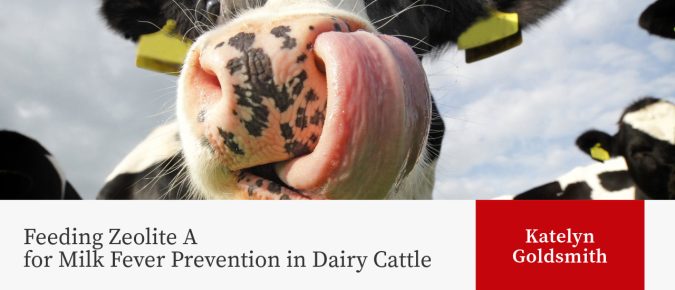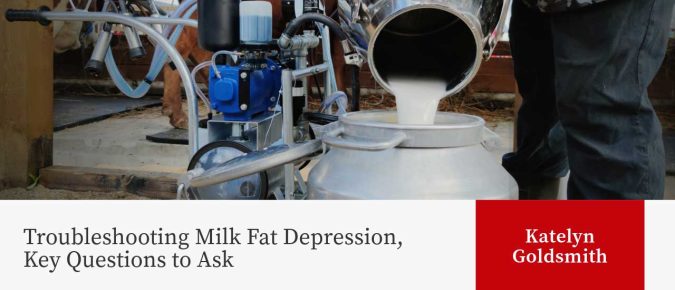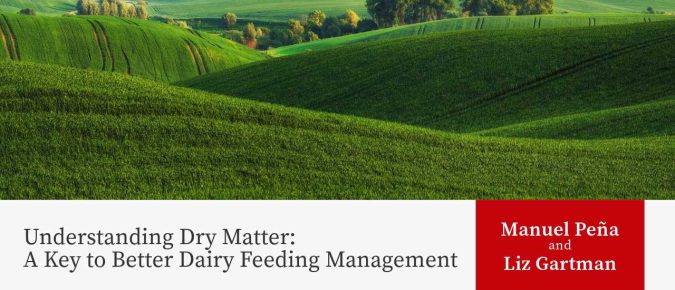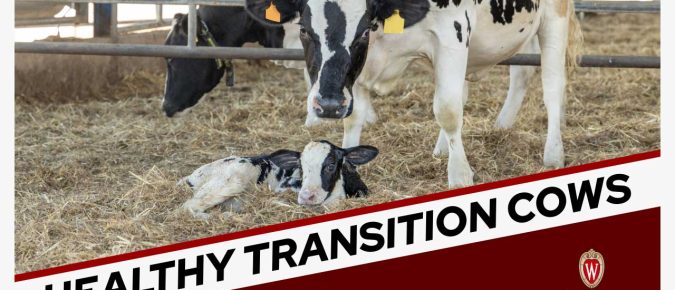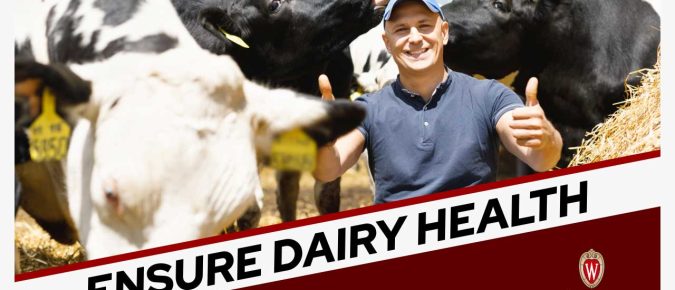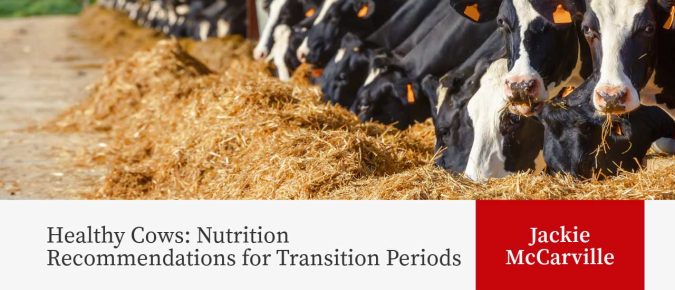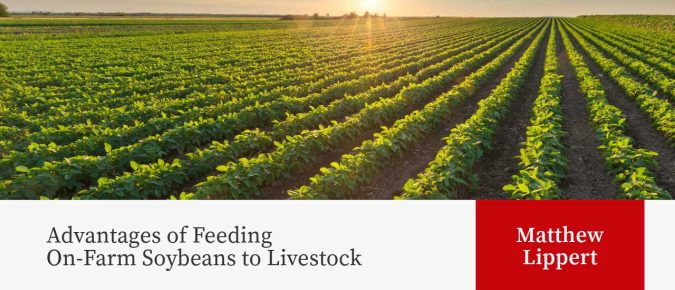Articles
Feeding Zeolite A for Milk Fever Prevention in Dairy Cattle
Milk fever (hypocalcemia) is a common disorder than can occur is cows following calving. During this time, the demand for calcium in the body is high to support mammary function and milk production. When a cow is unable to meet these demands, she can develop milk fever.
Troubleshooting Milk Fat Depression, Key Questions to Ask
This article will explain the factors, farm practices associated with them, and key questions to help you investigate and manage milk fat depression in your herd.
Understanding Dry Matter: A Key to Better Dairy Feeding Management
Dairy cattle diets are formulated on a dry matter (DM) basis, so it is important to understand what that means. All forages and feeds contain both water and dry matter so, in a simplistic way, the DM fraction refers to the absence of water.
🎧 LISTEN: Engaging Positive Animal Behavior
[Listen to this 3-minute podcast] Research has shown cows love using brushes. A study found that lactating cows were willing to push heavy gates to get access to an automatic rotating brush, indicating that having a brush was important to them.
▶️ Watch: Dairy Margin Coverage 2025 Signup Update
In this presentation, Leonard Polzin, Extension Dairy Markets and Policy Outreach Specialist, covers what producers need to know for the 2025 DMC sign-up. He walks through changes and discusses the DMC decision tool that helps producers decide on the level of coverage necessary.
Healthy Cows: Management Tips for Transition Times
Fresh cow diseases such as ketosis, milk fever, displaced abomasum, retained placenta, metritis, and mastitis have a huge impact on the overall health of an animal. In addition to the health of the animal there are other factors including lost milk production, longer days to cycle and get pregnant, plus the cost to treat these fresh cow diseases.
A Base Change for Bull Proofs is Coming… in April 2025
Every five years, bull proofs are updated to reflect genetic improvements. The new base will compare genetics to cows born in 2020, ensuring accurate evaluations.
▶️ Watch: Preparing Calves for the Road Ahead
Dr. Catie Cramer, Assistant Professor in the Department of Animal Sciences at Colorado State University, discusses stressors associated with transport date (WI and US) from a fit-for-transport survey conducted by Colorado State University and offer some ways to mitigate transport stress.
Find Sick Cows Early to Ensure Dairy Health and Productivity
Early detection and treatment of sick cows are essential to minimize negative impacts.
Healthy Cows: Nutrition Recommendations for Transition Periods
We can manage some metabolic diseases by managing dry matter intake, nutrient needs, body condition score, and stress during this critical timeframe of the dry cow, transition, and fresh cow periods.
Advantages of Feeding On-Farm Soybeans to Livestock
Soybeans are great for livestock feed because they provide a lot of protein and oil. They need to be processed correctly to avoid digestion issues and maximize benefits.
▶️ Watch: Nutritional Strategies to Reduce Methane Emissions in Lactating Cows
In this video, Matheus Pupo, a passionate PhD student at UW-Madison, dives into innovative nutritional strategies to cut down methane emissions in lactating cows. Chuck Nicholson, an agricultural economist from UW-Madison, breaks down the financial impact of feeding 3-NOP on income over feed costs in the U.S.

